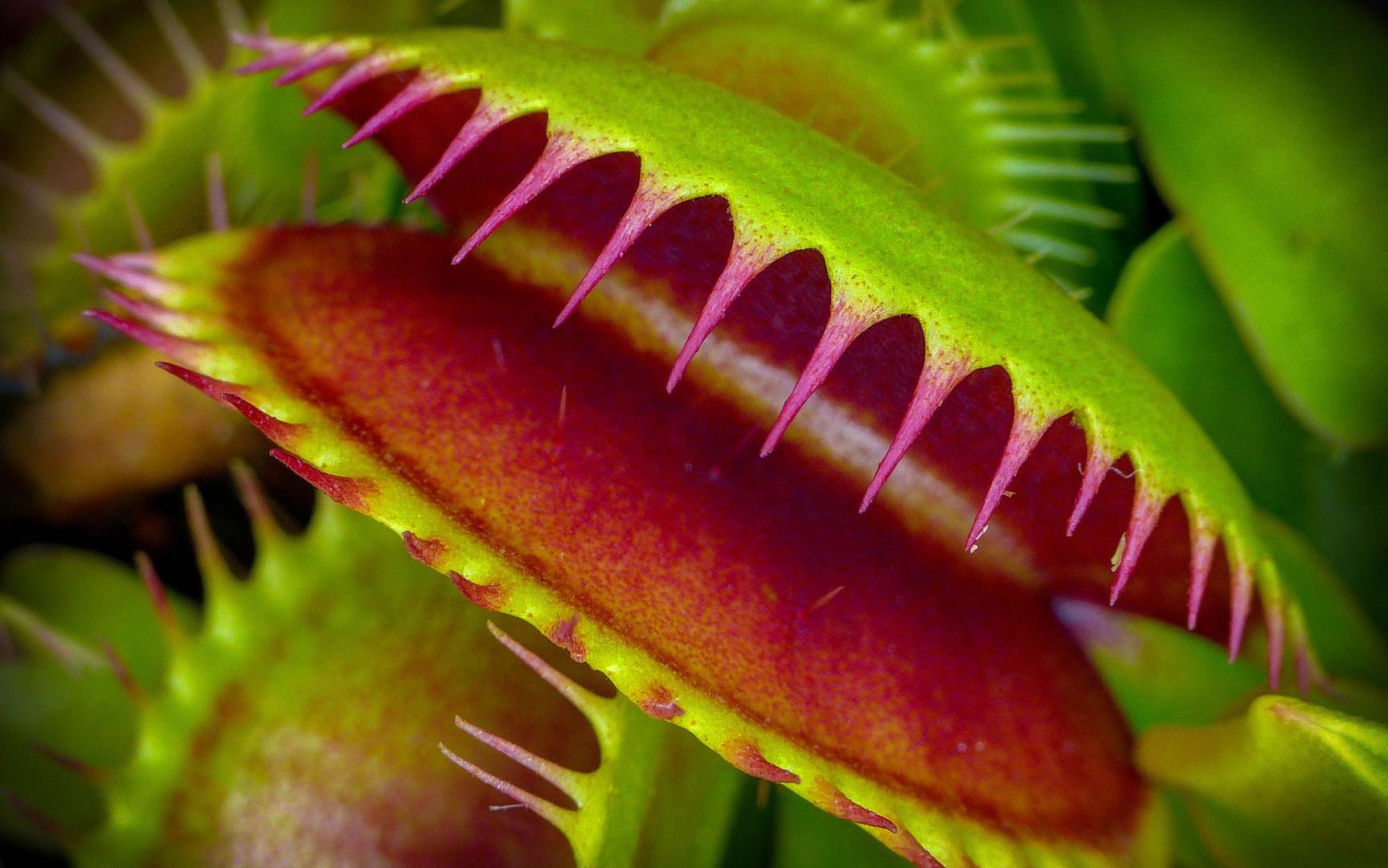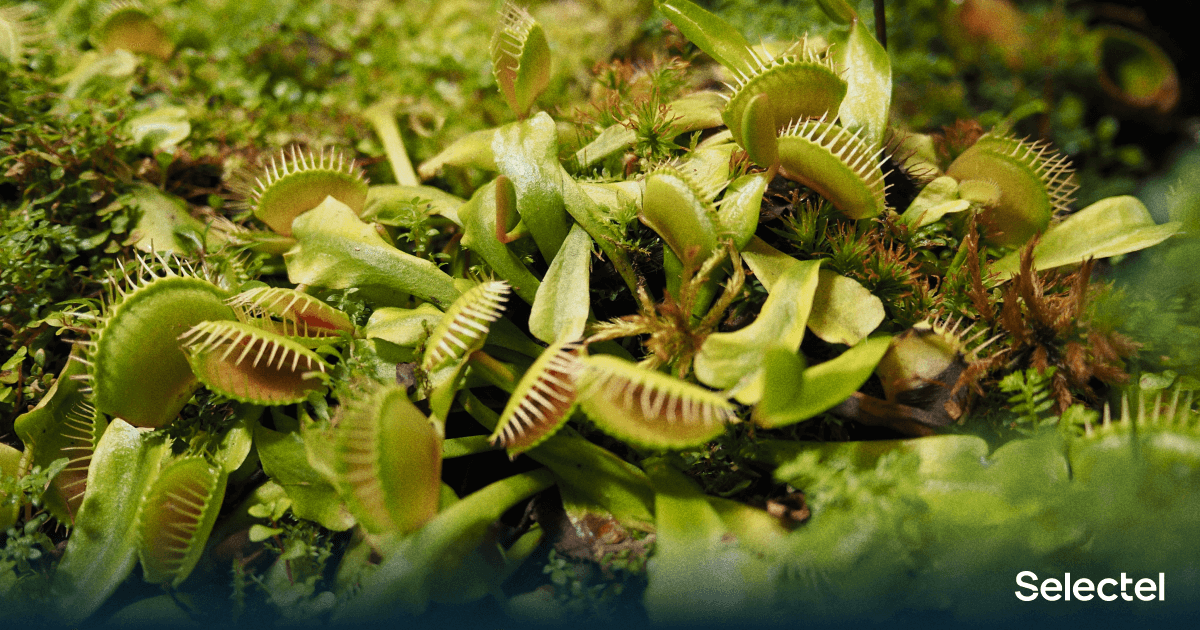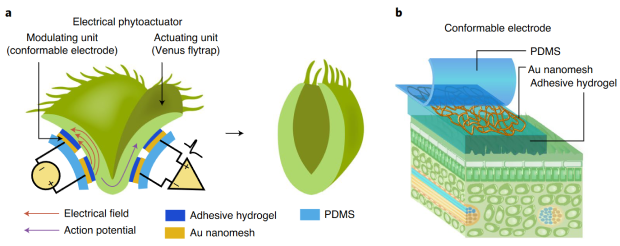
Not so long ago, last October, we wrote about how the Venus flytrap remembers that it has caught its prey. This predatory plant is an extremely interesting example of what evolution is capable of. It reacts quickly to touch, knows how to "count" and has a kind of chemical memory.
Scientists in Singapore have figured out how to control a flytrap by creating a prototype "dendrobot" that listens to the commands of a smartphone. So far, everything looks quite simple - electrodes are connected to the trap sheet, which are controlled remotely via wireless communication. About the details of the project and prospects - under the cut.
So, scientists from different countries have long been trying to create a hybrid of electronic systems and living beings. Such "robots" can be extremely useful in some situations. One of these situations was shown in The Fifth Element, if you remember. Here is a shot from this movie.

And these are not just some fantastic projects, the specialists managed to achieve some success. Insects, in principle, can already be used to explore some secluded corners where it is not easy for a person to get to. There are still many problems that prevent the creation of a full-fledged "insect bot", but these problems are gradually being solved.

Scientists from Nanyang Technological University, led by Xiaodong Chen, have created a prototype of a dendrobot. Namely - a part of a Venus flytrap with external control. The element that has become a "cyborg" is just the trap of the plant, the very two halves that open in their normal state and collapse when the prey wanders carelessly over the surface of the leaves covered with sensitive hairs.
It is worth recalling that the Venus flytrap can count, as mentioned above. The trap closes only after two touches of the victim to the hairs. If three more touches occur, digestive enzymes begin to be released. If these touches are not present, then the sheet opens. The basis of everything is the electrochemical reactions taking place in the leaf.
Scientists decided to simulate a situation in which the leaf slams. They have developed a plant electrostimulation scheme that allows you to trick the flycatcher. She slams the sheet when the electrodes act on the trap. Each of them (there are four electrodes in total) is attached to the outside of the sheet. They consist of a polydimethylsiloxane layer. It acts as a substrate. There is also a basis - a mesh of the finest electrically conductive threads, plus a layer of hydrogel, which ensures reliable contact of the electrodes with the surface of the sheet.

As it turned out, the trap is triggered at a threshold voltage of 1.5V. After that, an action potential is formed. The minimum time between the occurrence of two action potentials is 1.2 seconds. After some time, experts found out that a periodic signal with a rectangular profile provides maximum accuracy and speed of creating action potentials.
Unfortunately, so far all this works only on the basis of a cut off trap leaf. The project team developed three prototypes of "cybernetic capture":
- The first is a leaf and a connected ESP8266 microcontroller with Wi-Fi support. When you press a button on the smartphone, the signal is transmitted to the microcontroller. The latter stimulates the leaf with an electrical signal, and the trap closes.
- The second is a manipulator with a tiltable part, at the end of which there is a trap. Actually, this is a miniature lift.
- The third is a trap for moving targets. In the model, this is a small weight on a string.
Experts published the results of their work in the scientific journal Nature.
By the way, an interesting fact - all plants with trap leaves have one common ancestor. This is a plant that did not hunt for animal food. But in his genome there were some regions that were used to find and assimilate nutrients not only by roots, but also by leaves, so these regions later evolved into something else. A similar mechanism has developed in predatory plants that grow water lily traps without actively responding to prey elements.
